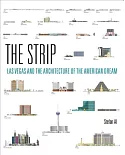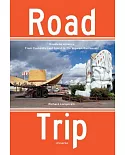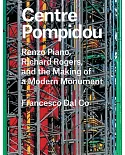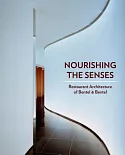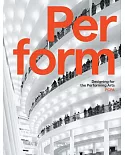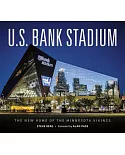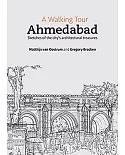From the day it opened in July 1955, in an event given live TV coverage, Disneyland has been a key symbol of contemporary American culture. It has been both celebrated and attacked as the
ultimate embodiment of consumer society, a harbinger of shopping-mall culture, a symbol of American hegemony in entertainment, the epitome of fantasy, simulation, pastiche, and the blurring
of distinctions between reality and mass-media imagery. Yet for all the power of Disneyland as metaphor, almost no one has discussed the making of this unique place, with its far-flung
colonies in Florida, Japan, and France. Written to accompany an exhibition at the Canadian Centre for Architecture in Montreal, Designing Disney's Theme Parks: The Architecture of
Reassurance is the first book to look beyond the multiple myths of Disneyland.
Uniting a roster of authors chosen from wide-ranging disciplines, this study is the first to examine the influence of Disneyland on both our built environment and our architectural
imagination. Tracing the relationship of the Disney parks to their historical forbears, it charts Disneyland's evolution from one man's personal dream to a multinational enterprise, a process
in which the Disney "magic" has moved ever closer to the real world. Editor Karal Ann Marling, Professor of Art History and American Studies at the University of Minnesota, draws upon her
pioneering work in the Disney archives to reconstruct and analyze the intentions and strategies behind the parks. She is joined by Marty Sklar, Vice Chairman and Principal Creative Executive
of Walt Disney Imagineering, historian Neil Harris, art historian Erika Doss, geographer Yi-Fu Tuan, critic Greil Marcus, and architect Frank Gehry to provide a unique perspective on one of
the great post-war American icons.


